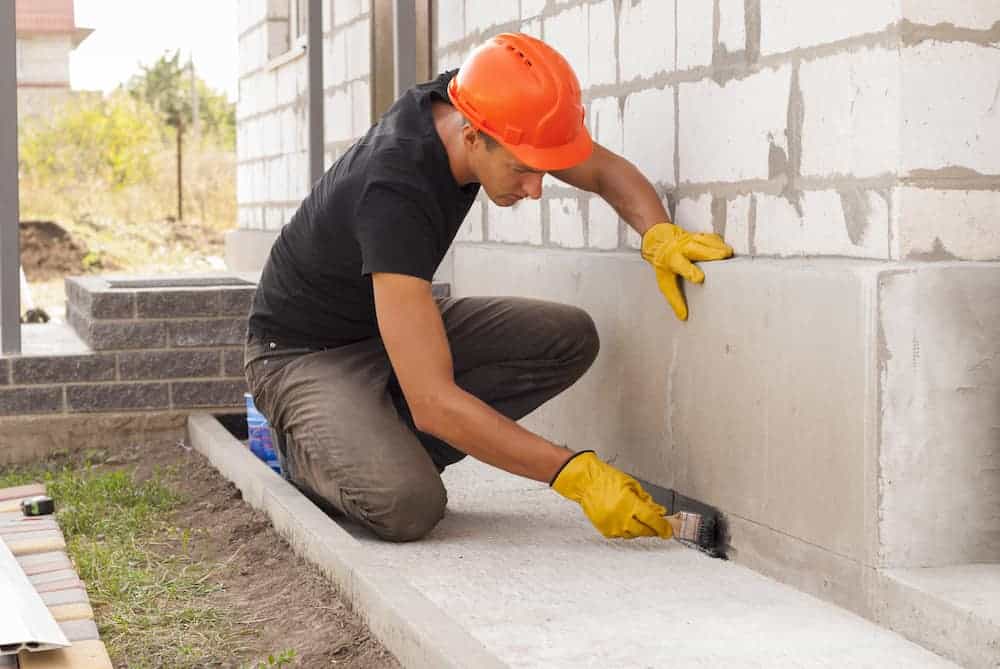Underpinning a House to Fix Faulty Foundations
The foundation of houses in Melbourne can get damaged due to several reasons. Underpinning Melbourne can be described as technique of repairing a faulty foundation or increasing the depth of a foundation. It’s often used to fix a damaged foundation or when you want to add more stories to a structure.

There are several signs that tell your house needs underpinning. One of the most visible signs is large cracks. If cracks on your house are at least ¼ inches wide and there are some signs that your foundation is faulty, especially when the cracks are diagonal, then the foundation needs underpinning.
Foundation failure is also detectable through signs such as cracks on concrete floors, heaved foundations, and buckled or cracked walls.
Underpinning is done through several methods. One of the most commonly used underpinning methods is known as mass concrete underpinning.
In this process, sections are excavated in sequence based on a predetermined depth beneath the footing. Concrete is placed on the pits. There are other underpinning techniques and methods as described below.
Screw Piles & Brackets Underpinning
In this underpinning method, brackets and screw piles are used where a traditional underpinning method is impossible.
Some structures may require extremely deep excavation or it might be unfeasible to work with piling rigs, thereby making it necessary to use an alternative technique such as underpinning brackets and screw piles.
The brackets and screw piles can be easily installed by two specialists by hand. They can also be installed using a small excavator.
Experts can install screw piles in foundations that can work with compression and tension, withstand lateral and vertical forces of wind, and shear and vibration forces. Screw piles work best in combination with support brackets.
In this method, the structure is lifted to make it level. The bracket and pier system hold the structure’s weight. Screw piles come are more advantageous than traditional piles.
For instance, they don’t cause a lot of noise and can be installed quickly. Besides, they don’t cause a lot of vibration such that they reduce the chances of damaging the surrounding areas.
Underpinning With Piles and Beams Method
Another reliable and preferred technique for underpinning is using piles and beams. In this method, a small pile is installed on both sides of the wall in question.
Once the piles are installed in place, bricks below the faulty wall are removed. The brickwork is reinforced with a needle beam made of concrete. The beam is set in such a way that it connects the piles while still supporting the wall.
It’s possible to accommodate a large load by decreasing the distance set between the beams. The ultimate bearing capacity that an underlying strata has determines the depth, diameter, spacing, and the number of piles to be used.
Case driven or auger piles are ideal for use with this underpinning method. The main advantages of using this underpinning method include:
- High load capacity
- Ideal for use in areas with restricted access
- Quick completion, less damage, and less disruption
- Faster to underpin than using tradition underpinning method
Underpinning with Pile Raft
The most ideal method for underpinning an entire structure is using the pile raft method. It’s the recommended method in situations where a foundation is deeper than what other methods can manage or where small equipment can’t excavate to the required depth due to soil hardness.
In this method, piles are installed at the determined locations depending on the loading conditions. Next, any pockets below the footings are demolished. Needle beams of appropriate size are positioned in place to take the load of the wall.
A ring-shaped beam is built and installed to link the structure with needles. Concrete is poured to reinforce the installation. The advantages of underpinning with pile raft include:
- External access is not required
- Drainage systems are not largely disrupted
- An economical option for depths beyond 1.5m
- Provides traverse and lateral ties for the entire structure
Tips for Underpinning
The underpinning process should be designed and led by a qualified structural engineer to ensure it’s done successfully. Here are some tips to assist you through the process of underpinning:
- Underpinning must be initiated from all the corners of a structure and working inwards.
- The process should only be done on walls that are load-bearing.
- Never underpin below walls that aren’t load-bearing.
- Underpinning should only be started under a footing strip. Start with 2 feet deep, 2 feet in width, and 3 feet in length.
- Once excavation is completed, pour concrete into the cavity. Mix concrete using 6 parts aggregates, 1 part cement, and 3 parts sand.
- Formwork should be used along the edges before pouring concrete.
- Allow the poured concrete to set. Give it a minimum of two days to completely set.
- Use a piece of rod bar to ensure the cavity is filled with concrete.
- Ensure the poured concrete is thoroughly cured before you load it.
- Discard the projecting footings once the poured concrete is strong enough.
- Cut the mass concrete surface.
- You can now backfill with soil and compact it. If you find it challenging to achieve the consolidation required, wet the soil with the help of a garden hose.
Also read: Ultimate Guide to Underpinning – Everything You Need To Know


